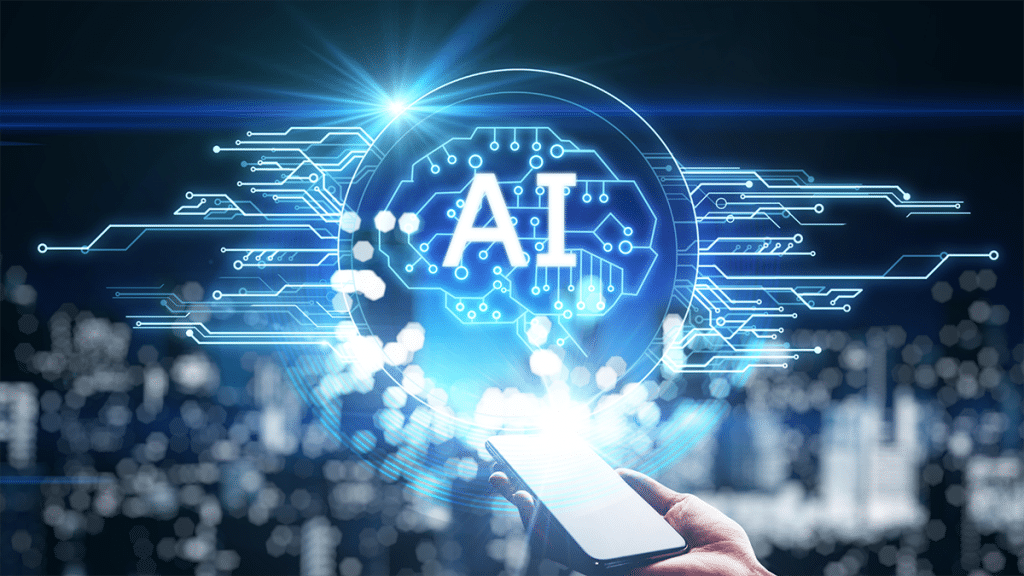Churn, or customer churn rate, is a constant challenge for today's businesses. The ability to retain customers is a constant challenge for today's companies.
Read More »Artificial intelligence (AI) and machine learning (ML) are two of the most popular technologies used to build intelligent systems. Although they are related technologies and are sometimes used synonymously, they describe different aspects and fields of application.
So today we explain these terms and what are the main differences between Machine Learning and Artificial Intelligence.
The Artificial Intelligence is often used to create intelligent computer systems capable of simulating the capacity and behavior of human thought and can be found in devices, applications, virtual assistants, and in companies in one sector or another.
If you want to go deeper, we recommend our article: 5 examples of AI where it is applied in your daily life
On the other hand, the Machine Learning is a subset of Artificial Intelligence that allows computer systems to learn from data without being explicitly programmed through analysis, pattern recognition and decision making. It is currently applied in a myriad of projects to achieve different business objectives.
"A program is said to learn from experience E with reference to certain classes of tasks T and with performance measurement P, if its performance on task T, as measured by P, improves with experience E."
This is the most quoted definition of Machine Learning, by the American Tom M. Mitchell. These words date from 1997, but the term was coined much earlier, i.e. in 1959, by the American scientist Arthur Lee Samuel.
Machine Learning can be considered a path to the application of Artificial Intelligence, a broader field of research that studies the development of Hardware and Software systems equipped with typical human abilities.
Machine Learning explores data to produce correlations, patterns and, ultimately, predictive models. Thus, the more data available and, above all, the greater the number of data sources that can be integrated, the greater the algorithm's ability to make accurate predictions.
Among the main learning methods used in Machine Learning we find two types:
In this method, algorithms are trained on already labeled data to better describe the relationship between input and output data. With this type of learning it is possible to perform tasks based on classification techniques, for example, the type of a customer based on their account information. Another task would be regression, for example, identifying the relationship between the age of a user and their potential interest in a certain product.
This method is applied on unlabeled or unstructured data, where the algorithm has to analyze data to identify relationships and find patterns within the data. An example of unsupervised learning is clustering and this can be applied to groups of users with similar characteristics to provide them with a specific offer.

It is not easy to give a clear and concise definition of artificial intelligence. The EU created a group of experts which provided a definition of artificial intelligence that European countries could agree to.
But to give you an idea, the concept of AI (Artificial Intelligence) dates back to 1950 with the article written by Alan Turing, Computing Machinery and Intelligence. From this document originates the ".Turing Test"The aim of the project is to determine whether a computer can think like a person.
If you want to go deeper, we recommend our article: What is Artificial Intelligence?
Machine Learning extracts knowledge from data and focuses on pattern recognition. It can be categorized to monitor learning, untrained learning and training. It allows a computer system to make predictions or make some decisions using historical data without being explicitly programmed.
Artificial Intelligence, on the other hand, focuses more on intelligent behavior, typically using technologies to create intelligent systems capable of simulating human intelligence. It does not need to be pre-programmed as it uses its own algorithms so that they can function autonomously.
Churn, or customer churn rate, is a constant challenge for today's businesses. The ability to retain customers is a constant challenge for today's companies.
Read More »Artificial intelligence is changing the world at breakneck speed and you're probably wondering when it will surpass artificial intelligence in the [...]
Read More »Typically, Machine Learning is used to solve business problems in various sectors and areas where different algorithms are applied.
Read More »Artificial intelligence is increasingly present in companies and its growth is being applied in practically all sectors. When the end [...]
Read More »